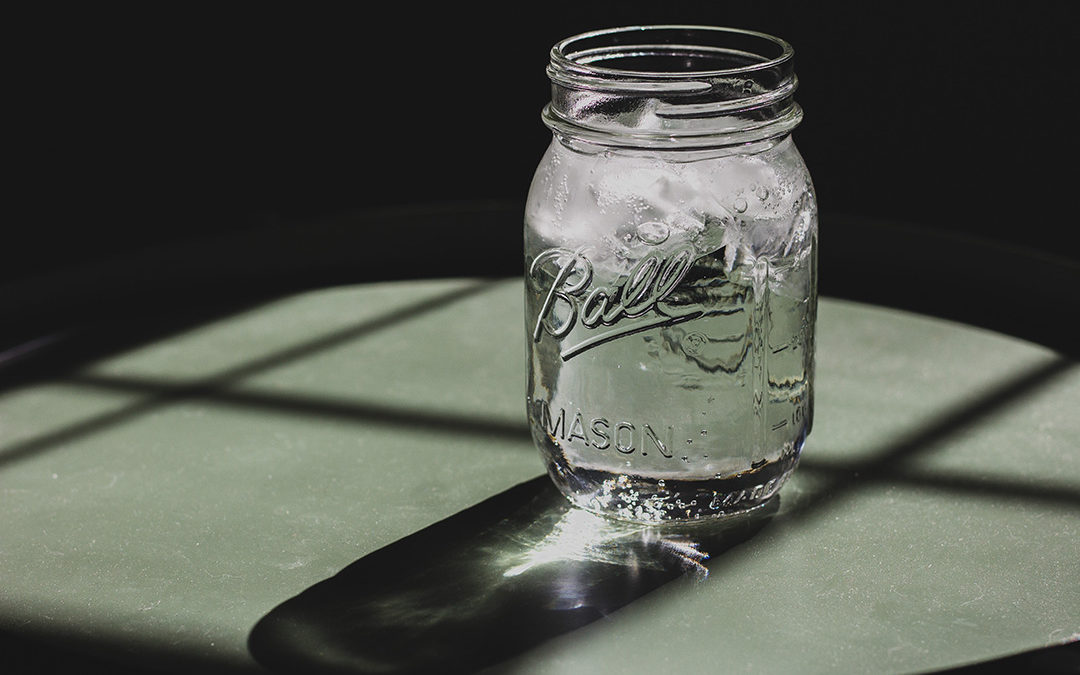Water affects every organ and cell within your body. You may not have known this, but water even plays an enormous role in the health of your back and spine. The lack of proper hydration could affect your back and could be a cause of back pain. Here’s how…
Between every two vertebrae lies a disc, which functions as a shock absorber for all that we put our backs through everyday. This intervertebral disc has two parts: an outer, flexible but very tough ring, which is filled with a gelatinous substance, called the nucleus pulposis. This inner substance is primarily water. All day long, as gravity works on our upright spine, water is slowly squeezed out of the discs.
Then at night, when we are lying down, the discs slowly rehydrate. This daily dehydration and nightly rehydration of the discs is the reason why most of us are generally about ¼ to ½ inch shorter when we go to bed than when we wake up in the morning! Regular movement during the day is also important to keep discs hydrated – as the spine moves in the different planes of motion, the discs will absorb what water is available.
Our discs will successfully rehydrate themselves during the night, and also during the day with good movement, as long as there are adequate water levels within the body. When there is not enough water available to fully hydrate the gelatinous centre, the whole disk becomes compromised. The disc is designed, when fully hydrated, so that the outer ring bears 25% of the weight load while the inner nucleus pulposis supports 75%.
When the inner portion is dehydrated, it cannot support its share of the load, so more and more of your weight is borne by the outer ring, which simply was not designed for that purpose. This can cause pain, swelling, and even ruptures or herniations of the outer shell of the disk.
What this means is that one of the simplest and most effective ways to reduce back pain is to increase your daily intake of clean, healthy water, and to be sure to have good movement throughout the day. Light exercise is also beneficial; however if you want to avoid back spasms, it is suggested to consume water before, during, and after you begin any physical activities. Don’t wait until you are thirsty to drink water, this means your body is already dehydrated.
Disc Hydration and ELDOAs
Because discs are avascular, meaning they do not have a blood supply, they exchange nutrients by a process called imbibition. Imbibition is a process of water being drawn into tissue as pressure is decreased. This is why when you lay down or sleep at night, the discs will rehydrate.
What’s even better is this process of imbibition can be increased even further and have more lasting results when ELDOA exercises are performed. One of the benefits of the ELDOAs is that they assist to reinforce the tissue responsible for supporting the spine in a more elongated state.
Over time, this stimulus aids the movement of water throughout the fascia, joints and the intervertebral discs as it relieves pressure off the joint spaces. The result is that the spine becomes more resilient to the compressive forces placed upon it throughout the day, as there is less water loss from the discs.
However, this brings us back to the moral of the story, that is: there needs to be enough free water available in the body for the ELDOAs to be affective.
Happy hydrating!
Photo by Ethan Sykes on Unsplash

